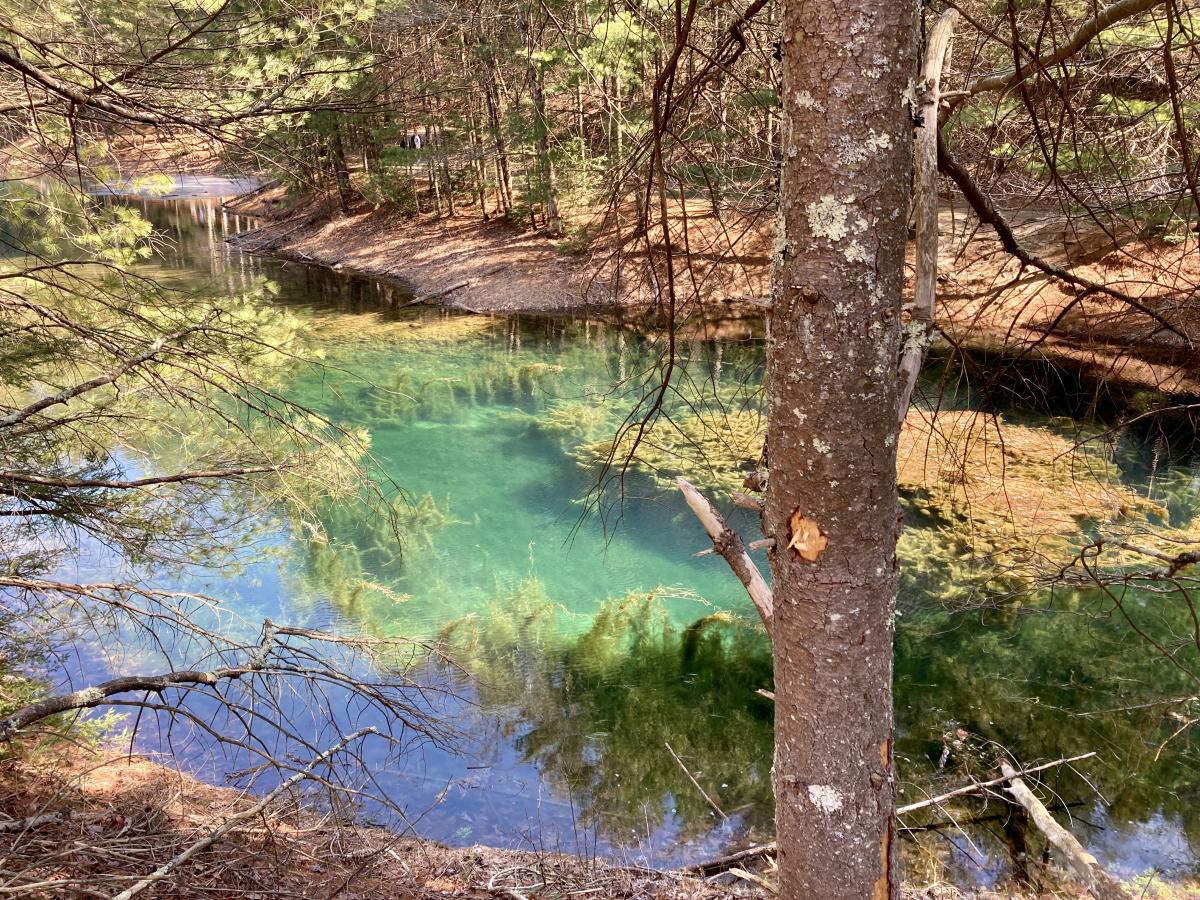Looking Back at a CPA Legacy: Saving the 839-Acre Leadmine Mountain in Sturbridge
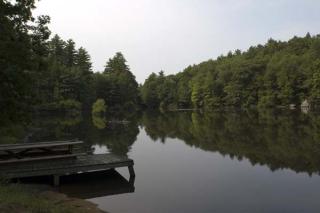
Written by Chase Mack
The Leadmine Mountain project in Sturbridge is truly special in the context of the statewide Community Preservation Act - it’s been over 15 years since the permanent protection of this property, and it still holds the title as the single largest acquisition of CPA open space in the history of the program. In 2006, this 839-acre property was acquired by the town thanks to a partnership between their CPA program and the Massachusetts Division of Fisheries & Wildlife. Also known by locals as the “Old Sturbridge Village lands” and the “Camp Robinson Crusoe property,” the land has benefited from over a decade of permanent protection, and much of the property is now utilized for public outdoor recreational uses such as hiking, fishing, cross-country skiing, hunting, and horseback riding. It's clear why conservationists in the area consider Leadmine Mountain as the crowning jewel of local open space protection.
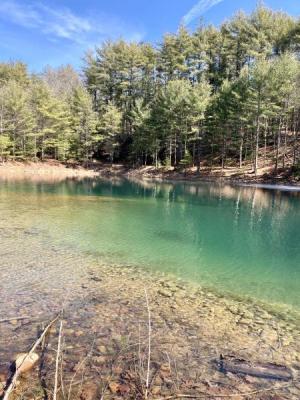 The $3.8 million land purchase was split between the town and the Massachusetts Division of Fisheries and Wildlife, with Sturbridge holding the title to the land and the MADF&W holding the required conservation easement. At their town meeting in 2006, Stockbridge residents voted to use $1.35 million in CPA open space & bonded funding to acquire the property, and this investment is what allowed the town to leverage a partnership with the state to reach their funding goal. And while there have been larger expenditures of CPA funds for single projects, the 839 acres of Leadmine Mountain remains the largest CPA open space acquisition by acreage throughout the entire Commonwealth.
The $3.8 million land purchase was split between the town and the Massachusetts Division of Fisheries and Wildlife, with Sturbridge holding the title to the land and the MADF&W holding the required conservation easement. At their town meeting in 2006, Stockbridge residents voted to use $1.35 million in CPA open space & bonded funding to acquire the property, and this investment is what allowed the town to leverage a partnership with the state to reach their funding goal. And while there have been larger expenditures of CPA funds for single projects, the 839 acres of Leadmine Mountain remains the largest CPA open space acquisition by acreage throughout the entire Commonwealth.
“We knew what a special piece of property it was… and with CPA, we were able to work with the state to purchase it,” said Penny Dumas, Chair of the Sturbridge CPC.
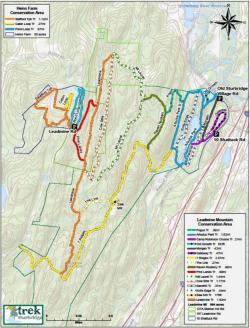 The Leadmine Mountain area adds to a swath of greenspace that diagonally bisects the entire town. “There’s nice connectivity,” noted Dumas, describing how the 90-acre Heins Farm property (also acquired with CPA funds) and the Leadmine property are connected by another town-owned parcel. Because of the conservation easement that was required as a condition of the Community Preservation funds, all of this land continues to benefit from permanent oversight and open space protection.
The Leadmine Mountain area adds to a swath of greenspace that diagonally bisects the entire town. “There’s nice connectivity,” noted Dumas, describing how the 90-acre Heins Farm property (also acquired with CPA funds) and the Leadmine property are connected by another town-owned parcel. Because of the conservation easement that was required as a condition of the Community Preservation funds, all of this land continues to benefit from permanent oversight and open space protection.
Another important component of the original purchase was that it allowed Sturbridge to stabilize the future of the adjacent Old Sturbridge Village Museum, described by the Town Administrator in 2006 as “the vital engine of our local economy.”
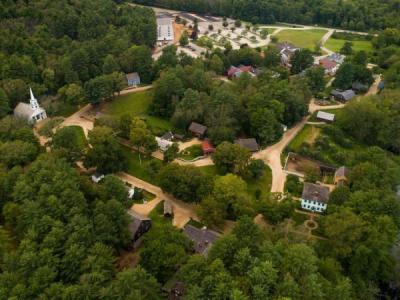 15 years ago, the museum was failing financially and in danger of closing, resulting in the decision to sell off the open space associated with their property. Sturbridge had adopted CPA in 2001, and so the town was in the perfect position to not only protect this important piece of conservation land, but to also provide the museum with the revenue it needed to survive. After the project’s approval by Sturbridge town meeting, former state senator Stephen Brewer commented on how much this CPA investment meant for the community:
15 years ago, the museum was failing financially and in danger of closing, resulting in the decision to sell off the open space associated with their property. Sturbridge had adopted CPA in 2001, and so the town was in the perfect position to not only protect this important piece of conservation land, but to also provide the museum with the revenue it needed to survive. After the project’s approval by Sturbridge town meeting, former state senator Stephen Brewer commented on how much this CPA investment meant for the community:
“For 60 years, Old Sturbridge Village has served as an attraction for tourists of Central Massachusetts, as well as an educational tool for generations of schoolchildren. I am pleased to see such a partnership between the residents and the Commonwealth in the preservation of the town’s character – in both natural history and human history.”
With over 14,000 CPA project approvals as of 2021, it’s important to look back sometimes at the incredible work accomplished by communities like Sturbridge. The Leadmine Conservation project still stands as a perfect example of how CPA funding can lead to vital partnerships, and in this case, opening the way for preserving both conservation land and local history.
